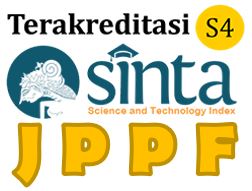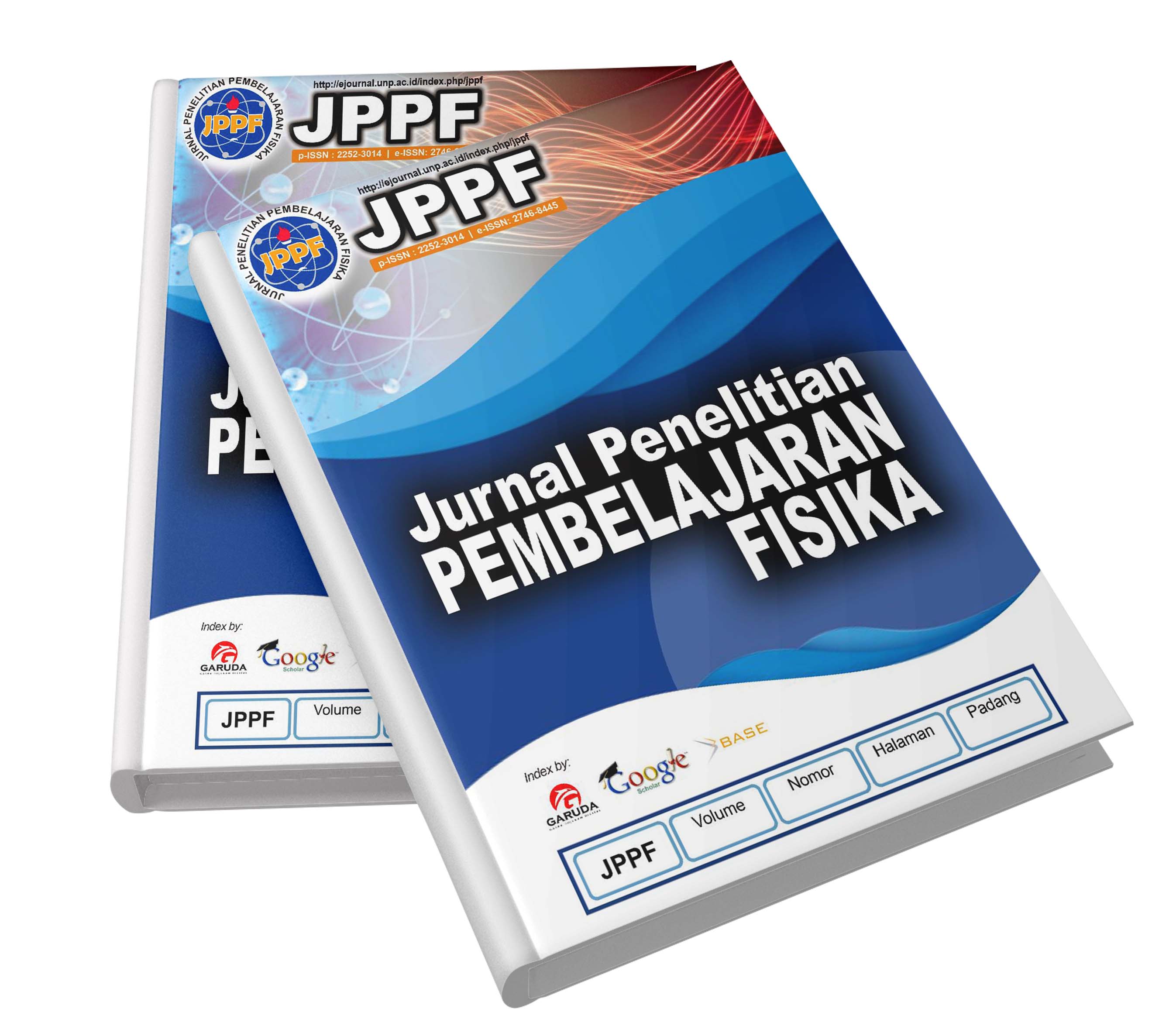The development of science and information technology has an impact on the emergence of various sources of learning. The development of learning resources will be better if it utilizes technology (digital form), so that it is more effective and efficient in use, for example, digital books (e-books). Currently, there are still many e-books in circulation without regard to the needs of students. The basic of education has described various components of the needs of students in learning. A good e-book is a learning resource that meets the basic components of educational science. For this reason, it is necessary to find out whether the e-books that are circulating are in accordance with the various needs of students in the components of the basic of educator science. The solution to this problem is to analyze the extent to which e-books meet the basic components of educational science. This type of research is a descriptive study with a qualitative approach. The population data in this study is a physics e-book for high school. The sample in this study were eight physics e-books used in learning physics in high school. The data in this study were taken using a research instrument that has 7 components which are broken down into 22 assessment indicators and data collection techniques used are through observation. The results of this study indicate that the average suitability obtained for each component of the educational science basic in physics e-book 1 has a value of 100% with a very complete category. In e-book physics 2 has a value of 57% with enough categories. In e-book physics 3 with a value of 71% with a complete category. In physics e-book 4 with a value of 86% with a very complete category. In physics e-book 5 with a value of 43% with a very sufficient category. In physics e-book 6 with a value of 57% with a very sufficient category. Finally, in physics e-book 7 and physics e-book, 8 with the same value of 100% with a very complete category meets the basic components of educational science




